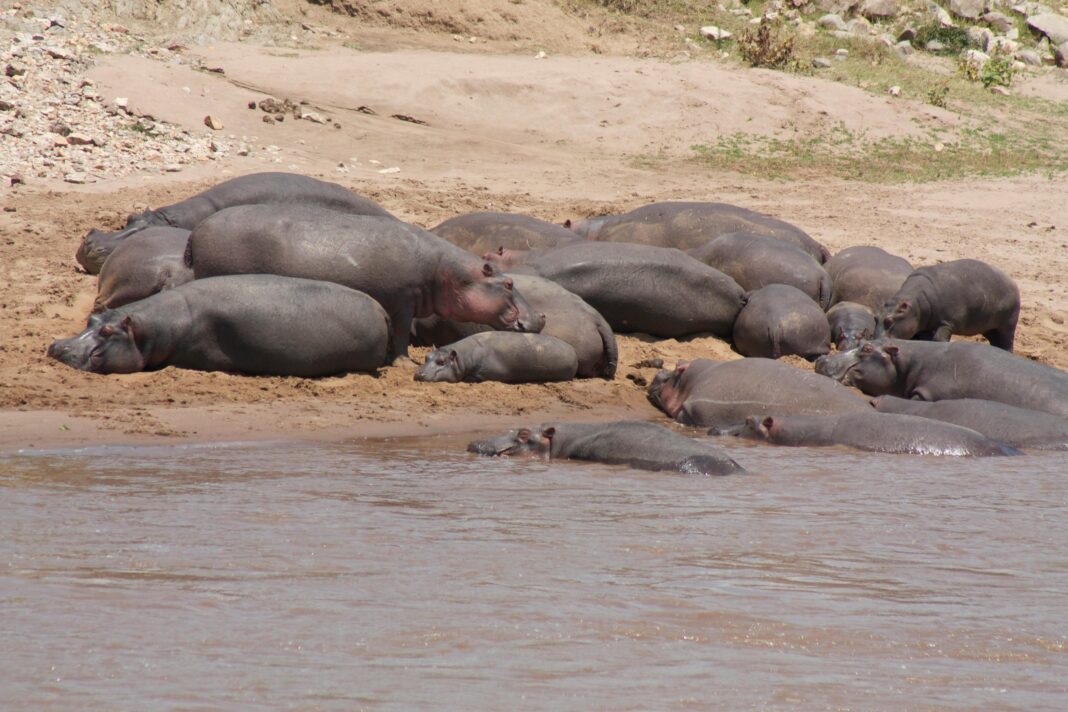Namibia plans to cull 723 wild animals, including 83 elephants, and distribute the meat to people struggling to feed themselves due to a severe drought in South Africa, the environment ministry has ruled.
The culling will take place in parks and public areas where authorities believe the number of animals exceeds available pasture and water supplies. South Africa is facing its worst drought in decades, with Namibia depleting 84 percent of its food reserves last month, according to UN figures. Almost half of Namibia’s population is expected to experience hunger problems in the coming months.
With such a severe drought, human-wildlife conflicts are expected to increase if authorities do not intervene. “To this end, 83 elephants from identified conflict zones will be killed and the meat distributed to the drought relief programme,” it said in a statement.
The country also plans to cull 30 hippos and 60 buffalo, as well as 50 impala, 100 wildebeest, 300 zebra and 100 eland.
157 animals have already been captured by professional hunters and companies hired by the government, with more than 56,800 kilograms of meat harvested.
“This is necessary and in line with our constitutional mandate where our natural resources are used for the benefit of the citizens of Namibia,” Reuters quoted the environment ministry as saying.
More than 200,000 elephants are estimated to live in a protected area spread across five southern African countries – Zimbabwe, Zambia, Botswana, Angola and Namibia – making the region home to one of the largest elephant populations in the world.
Illustrative Photo by Vik Joshi: https://www.pexels.com/photo/hippopotamus-lying-near-the-river-8150826/












